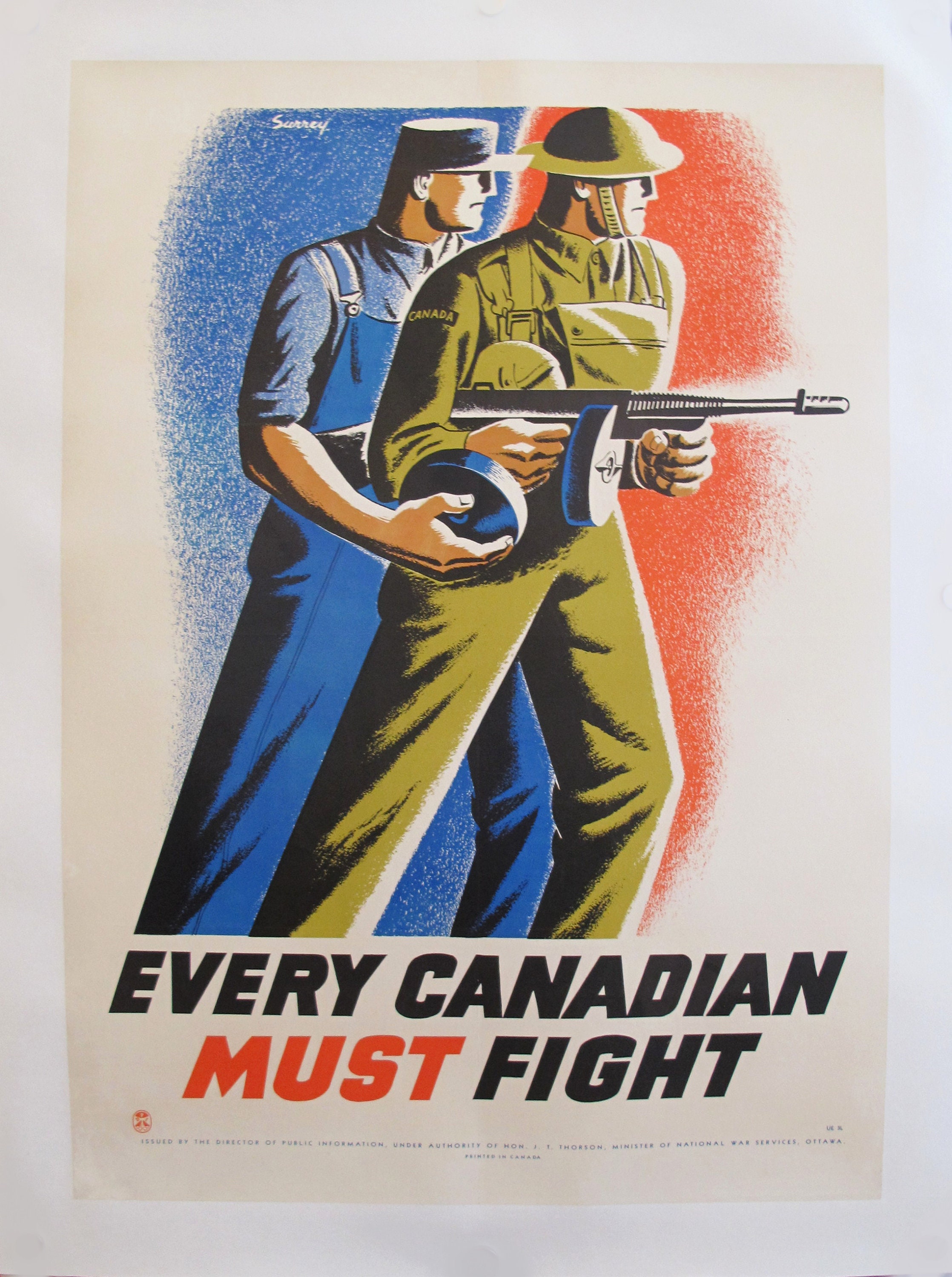

Other discursive and rhetorical source material informs Harris’s work. She explores the importance of popular magazines in the cultural construction of white domesticity. Women’s magazines, especially, not only ran advertisements for new homes but also contained countless advice columns and longer articles about the proper design and organization of suburban homes, which encouraged readers to think about the home in terms of whiteness and middle-class notions of domestic space. She explores household consumption in terms of its impact on racial identity. Homes themselves were consumed, often along racial lines, but the products consumers purchased for their homes and the way they shopped for them were also strongly shaped by these ideals. Harris uses shopping guides, recommendations on consumer taste, and even the records of the S&H Green Stamp organization to explore the expectations for domestic consumers, which reflected and reinforced not only white, but also heteronormative culture in the postwar world. 91). While her discussions of these sources are more successful at some points than at others, they consistently help to illuminate the centrality of the home to American identity, and her sometimes inventive analysis offers new insights that challenge traditional interpretations of the sources.

The wide variety of source material helps drive Harris’s narrative and gives breadth to her study. Central to her argument is the postwar home itself, which discouraged adventurous design in favor of conformity and was designed with white, middle-class notions of privacy and modesty in mind. Storage in these early postwar homes was limited, further discouraging nonwhite occupants from keeping items that failed to live up to neighborhood expectations. Front lawns and privacy fences shined a light on the issuses of privacy, as well as highlighted the new cultural and social focus on the nuclear family and home as the center of American ideas about domesticity. Government regulations and housing covenants restricted access to these homes almost exclusively to whites during the period. Harris explores how exclusive white access to suburban homes created a white suburban culture, which was further reinforced by the design of houses themselves, as well as the rhetorical and discursive understanding of those homes.Īfter all, it was not just houses, but also the discourses surrounding houses that shaped how Americans thought about domesticity and race in the postwar world. The way houses were advertised and exhibited created strong associations between proper suburban behavior and whiteness, as well as the opposing association of inappropriate behavior with nonwhiteness. In advertisements for new housing designs, a modern, sterile aesthetic was sometimes compared to the much less desirable cluttered and noisy environment inhabited by less desirable, and nonwhite, neighbors. These connections are sometimes more obvious than others, and at times Harris’s rhetorical analysis is less convincing. For example, Harris argues that the axiomatic drawings of homes depicted from the air conveyed an inherent sense of whiteness and class identity simply through their illusion of unrestricted movement, which was only available to whites in the suburban environment (p.

In Little White Houses, Diane Harris explores the culture of race in the postwar world through the houses Americans built, purchased, and lived in after World War II. She argues that the discourse surrounding these houses, as well as the houses themselves, encouraged conformity to white, middle-class domesticity and left little room, physical or cultural, for alternative lifestyles. Ideas about the home created by and for white homeowners, strongly influenced the ways in which houses were designed, built, advertised, sold, maintained, and filled with consumer goods. In turn, this domestic cultural ideal overpowered alternative understandings of domesticity, restricted housing design, and discouraged ways of life that failed to conform to neighborhood expectations. Using a wide variety of discursive sources, and at times weaving her own family’s history into her narrative, Harris demonstrates the complex relationship between suburban domesticity and race as well as the central role of the home in Americans ’ understandings of themselves and society in the postwar era. Minneapolis: University of Minnesota Press, 2013. Little White Houses: How the Postwar Home Constructed Race in America.


 0 kommentar(er)
0 kommentar(er)
